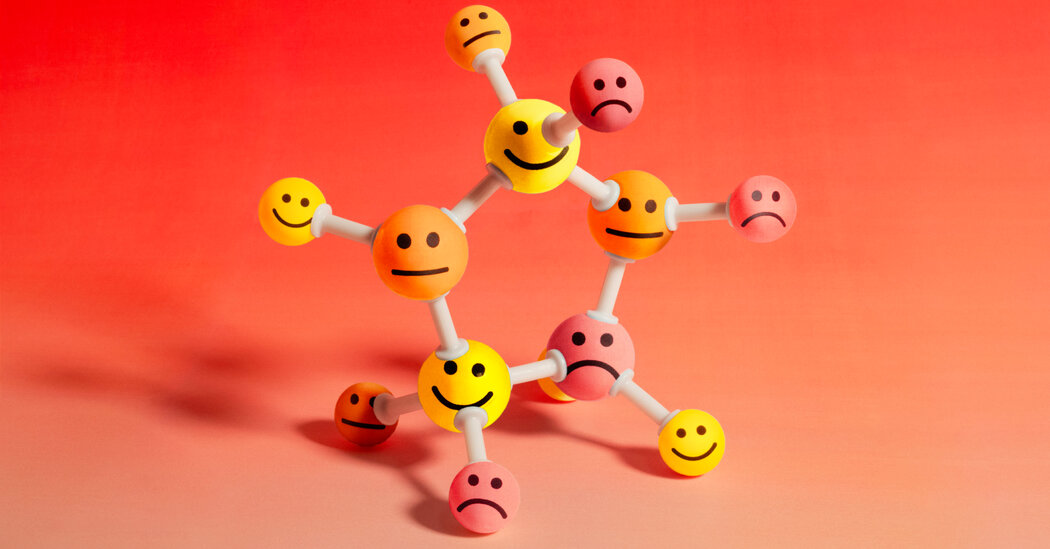When Lyubomirsky arrived at the School of Graduates of Social Psychology in Stanford in 1989, academic research on happiness was just beginning to gain legitimacy. Ed Deerer, a psychologist at the University of Illinois in Urbano-Champaign, who would be known for his work in the field, waited until he was granted tenure before addressing the subject, despite hosting a long-standing interest in him. Lyubomirsky was also choosing happiness as a specialty: she was a woman in science anxious to be seriously tasks, and anything in the field of “emotions” was consulted something soft. However, on his first day as a postgraduate school in Stanford, in 1989, after an energizing conversation with his advisor, he decided to make happiness focus.
Lyubomirsky runs with the basic question of why some people are happier than others. A few years before, Diender published a survey on existing research, which touched the types of types that happy people seemed inclined to participate in religious observance, for example, or socialize and exercise. But the studies, which sometimes had contradictory findings, did not show a clear consensus. Lyubomirsky’s own investigation, approximately many years, pointed out the importance of a person’s mentality: happy people tended to refrain from comparing themselves to others, they had more positive perceptions of others, he found Dways forms to Dways to be the forja founded with them.
But Lyubomirsky knew that he could not separate the cause and effect: was being happy encouraged a healthy mentality or adopting that mentality made people happier? Were people like their mother convicted of living any natural level of happiness, or could they take control of their mood, if they only knew how? Even if he could change his mentality, that process seemed to take a long time: people spend years in therapy trying (often fail) to do it, and Lyubomirsky wondered if there were simpler and easier behaviors that could adopt that they would quickly improve their sense of well -being. She decided to test it.
Lyubomirsky began by studying some of the habits and practices that were commonly believed that they were humor reinforcements: random acts of children and expressions of gratitude. Every week for six weeks, students made five acts of kindness, donating blood, for example, or helping another student with an article, and discovered that at the end of that period of that period in their control group. He asked a separate group of students to contemplate, once a week, the things for which they were grateful, such as “my mother” or “Aol Instant Messenger.” They were also happier after doing so than a control group. Changes in well -being has been hurried in the Eiter study, but Lyubomirsky found that a small and low -cost intervention could improve the quality of students’ lives. In 2005, he published an article based on those studies that argue that people had careful control about how happy they were.
Lyubomirsky’s research arose just when the field of psychology was reconsidering its objectives and even its purpose. When Martin Seligman, a psychologist at the University of Pennsylvania, touched the helm of the American Association of Psychology in 1998, expressed a concern that he and his colleagues had spent too much focusing on the disguise and notion; He encouraged his classmates to seek “the understanding and construction of the most positive qualities of an individual: optimism, courage, ethics of work, fine of fineness, interpersonal ability, capacity for pleasure, insight and social responsibility.” He required a return from the field to his origins, “which should make the lives of all people more satisfying and productive.”



